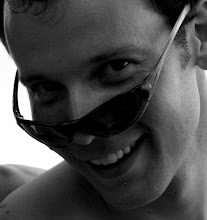
"The Squaw" is a 180m high rock crag in Squamish that hosts perhaps the densest collection of multipitch 5.10 crack climbs in Squamish with Jungle Warfare (10a), Birds of Prey (10b), Optimus Prime (10c), The Great Game (10d), Pipeline (10c), and Godforsaken Land (10d, AO). But when looking at the crag from the town of Squamish, I've often noticed that the most obvious feature---a 65m long right-facing corner---is off the charts. The corner belongs to the somewhat forgotten and vegetated "Right Wing" (10c-ish). With heavy praise for the potential of the route (if it were only cleaned up) in the Squamish guide, I decided to take on the project this winter. Along with some of my friends, I've set out to clean the thing up, with hopes of reintroducing what I think will become an excellent addition to Squamish climbing.









